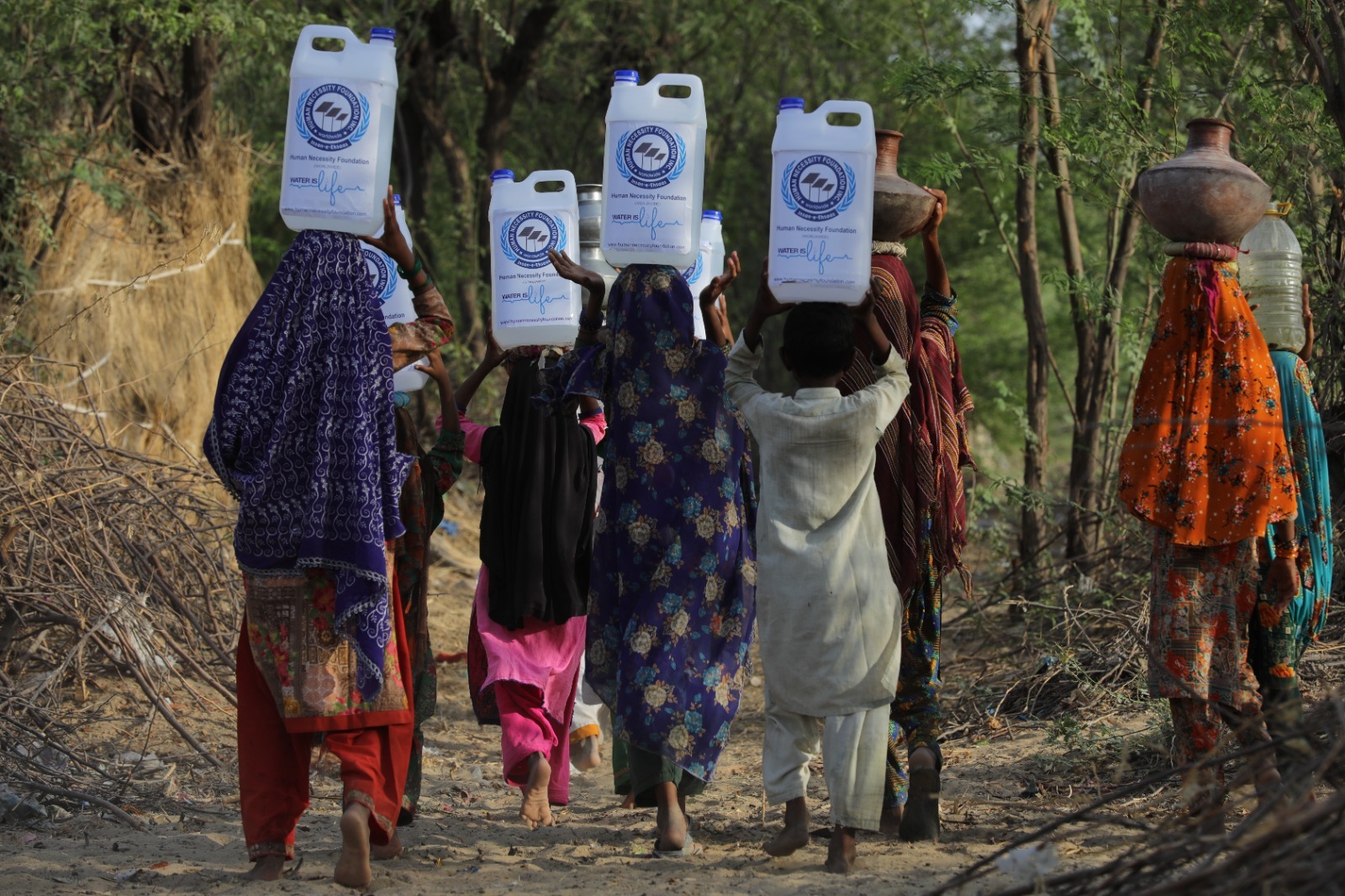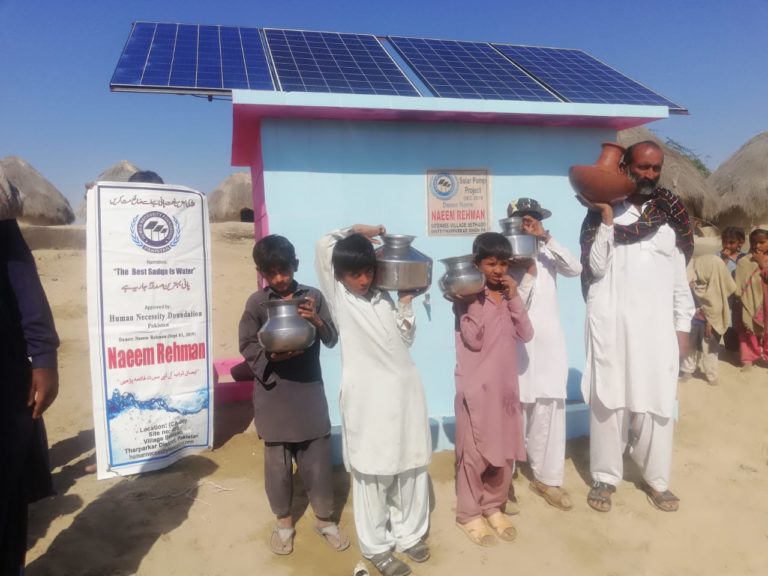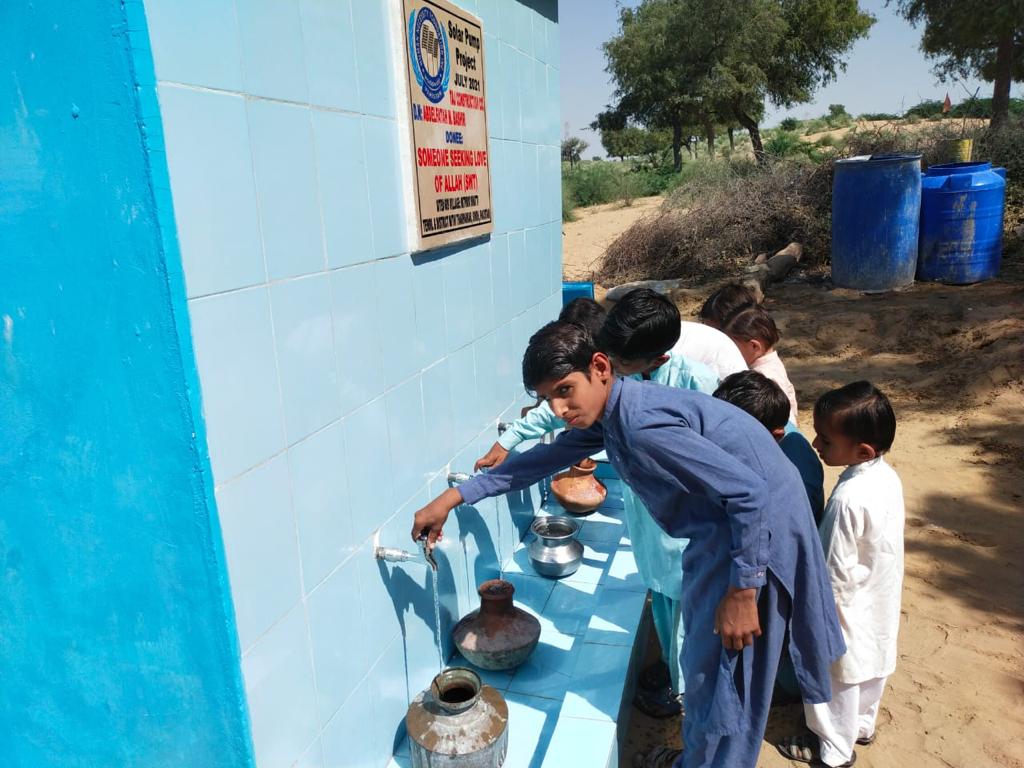Water is essential for life, yet in 2025, over 2 billion people still live without access to safe drinking water. The growing crisis of water scarcity has become one of the most pressing global challenges, threatening human survival, economic development, and environmental stability.
While this issue is often overlooked, it affects us all — from arid deserts in Africa to rural villages in South Asia, and even developed cities that face periodic droughts. But the good news is: with awareness, innovation, and the support of organizations like the Human Necessity Foundation (HNF), we can address this crisis head-on.
In this article, we will explore:
- What water scarcity means in 2025
- The root causes of the global water crisis
- Countries suffering most from water shortage
- Real-life consequences of drinking water shortages
- HNF’s solution through solar pumping technology
- How you can help and leave a lasting impression
What Is Water Scarcity in 2025?
Water scarcity is defined as a situation where water availability in a region is insufficient to meet the demands of its population. It may be physical (not enough water in the region) or economic (lack of infrastructure or resources to access available water).
In 2025, water scarcity has escalated from a regional concern to a global crisis. According to the UN, one in three people worldwide do not have access to safe drinking water, and by 2030, demand for water could exceed supply by 40%.
Key Statistics on Water Scarcity:
- 2.2 billion people do not have access to drinking water that is properly managed.
- 4.5 billion people lack safely managed sanitation
- Every Two minutes, a child loses their life due to a disease linked to water.
- Water consumption has risen six times in the last hundred years.
This crisis is not only about thirst. It touches every part of life — health, food, education, and economic productivity.
Causes of the Global Water Crisis
Water scarcity is driven by a complex mix of environmental, economic, and social factors. Some of the key contributors include:
1. Climate Change
Global warming is shifting weather patterns, causing prolonged droughts in some regions and severe flooding in others. Melting glaciers and receding rivers reduce the availability of freshwater sources.
2. Population Growth
The global population is projected to reach 8.5 billion by 2030, increasing demand for water for domestic, agricultural, and industrial use.
3. Pollution of Water Resources
Contamination of rivers, lakes, and aquifers with industrial waste, pesticides, and sewage has made once-reliable water sources unsafe for consumption.
4. Poor Water Infrastructure
Many low-income and rural areas lack the infrastructure needed to store, purify, and distribute water. In Pakistan, many villages still rely on open ponds shared with animals.
5. Overuse of Groundwater
Excessive withdrawal of groundwater for farming and industry is causing aquifers to dry up, leading to a permanent decline in water tables.
Countries Most Affected by Water Scarcity
Water scarcity doesn’t affect all regions equally. Some countries are reaching “Day Zero” — the point at which taps run completely dry. Among the most affected are:
- Pakistan: Listed among the world’s top 10 countries facing water scarcity. Per capita water availability has dropped from 5,000 m3 in 1950 to under 1,000 m3 today.
- India: Faces acute water stress, especially in agricultural states like Punjab and Rajasthan.
- Ethiopia: Millions rely on water from unsafe sources like ponds and streams.
- Yemen: Ongoing conflict has decimated water infrastructure.
- Mexico: Major cities face periodic shortages and restrictions.
The Human Cost of Drinking Water Shortage
Health Impacts:
- Consumption of dirty water causes cholera, typhoid, and diarrhea.
- Over 53,000 deaths annually are linked to water-borne diseases.
Economic Impacts:
- In developing countries, women and children walk hours daily to fetch water.
- This time could be used for education, income-generating work, or caregiving.
Social Impacts:
- Water scarcity increases conflict between communities.
- It causes a large movement of people from countryside to cities.
Environmental Impacts:
- Rivers and lakes are drying up.
- Wetland loss affects biodiversity.
HNF’s Innovative Solution: Solar-Powered Water Plants
At the Human Necessity Foundation (HNF), our mission is clear: provide clean, safe drinking water to the most vulnerable communities using sustainable technology.
One of our most successful initiatives is the installation of solar-powered water filtration plants in Pakistan. These plants are designed to:
- Pump water from underground sources using solar energy
- Filter contaminants through multi-stage filtration systems
- Provide cool, clean drinking water directly to villagers
How Solar Pumping Works:
- Solar panels absorb sunlight and transform it into electrical energy.
- This electricity powers a pump that lifts groundwater
- The water flows through sand, carbon, and RO (reverse osmosis) filters.
- Purified water is dispensed via hygienic taps
Benefits of Solar Water Plants:
- Zero operational cost after setup
- Low maintenance, ideal for remote locations
- Environmentally friendly with no fossil fuel use
- Delivers as much as 10,000 liters of clean water daily.
Our Work on the Ground: Real Impact Stories
HNF has installed over 20 solar-powered filtration plants in areas like Tharparkar, Bahawalpur, and interior Sindh.
Each plant serves an average of 300-500 people daily, dramatically improving health, school attendance, and overall community wellbeing. People says Before this plant, we used to drink water from the same pond as our animals. Now our kids have access to clean water every day.
Visit our Water Projects Page to see images, videos, and updates from the field.
Ways You Can Contribute to Addressing the Worldwide Water Crisis
1. Donate to the HNF Water Fund
Your donation can help us install more solar-powered filtration plants in high-need areas. Each effort, whether large or small, has an impact. Donate Now
2. Sponsor a Water Plant
Looking for long-term impact? Sponsor an entire water plant and dedicate it in memory of a loved one. We provide full transparency and nameplates.
3. Give Sadaqah Jariyah
Providing water is among the most valued acts of continuous charity in Islam. Your donation of clean water can support families for many years to come.
4. Share and Advocate
Share this article with your network. Raise awareness on social media. Support clean water initiatives in your workplace or community.
5. Partner with Us
If you represent an organization, school, or business, contact us to collaborate on impactful water projects.
Conclusion: The Time to Act Is Now
Water scarcity in 2025 is the defining humanitarian challenge of our time. But together, we can create real change. With scalable, sustainable solutions like solar-powered water plants, we can ensure that clean drinking water becomes a basic human right and not a privilege.
Every drop matters. Every life matters.
Take action today.
Let’s build a future where no child drinks from a contaminated pond again.





